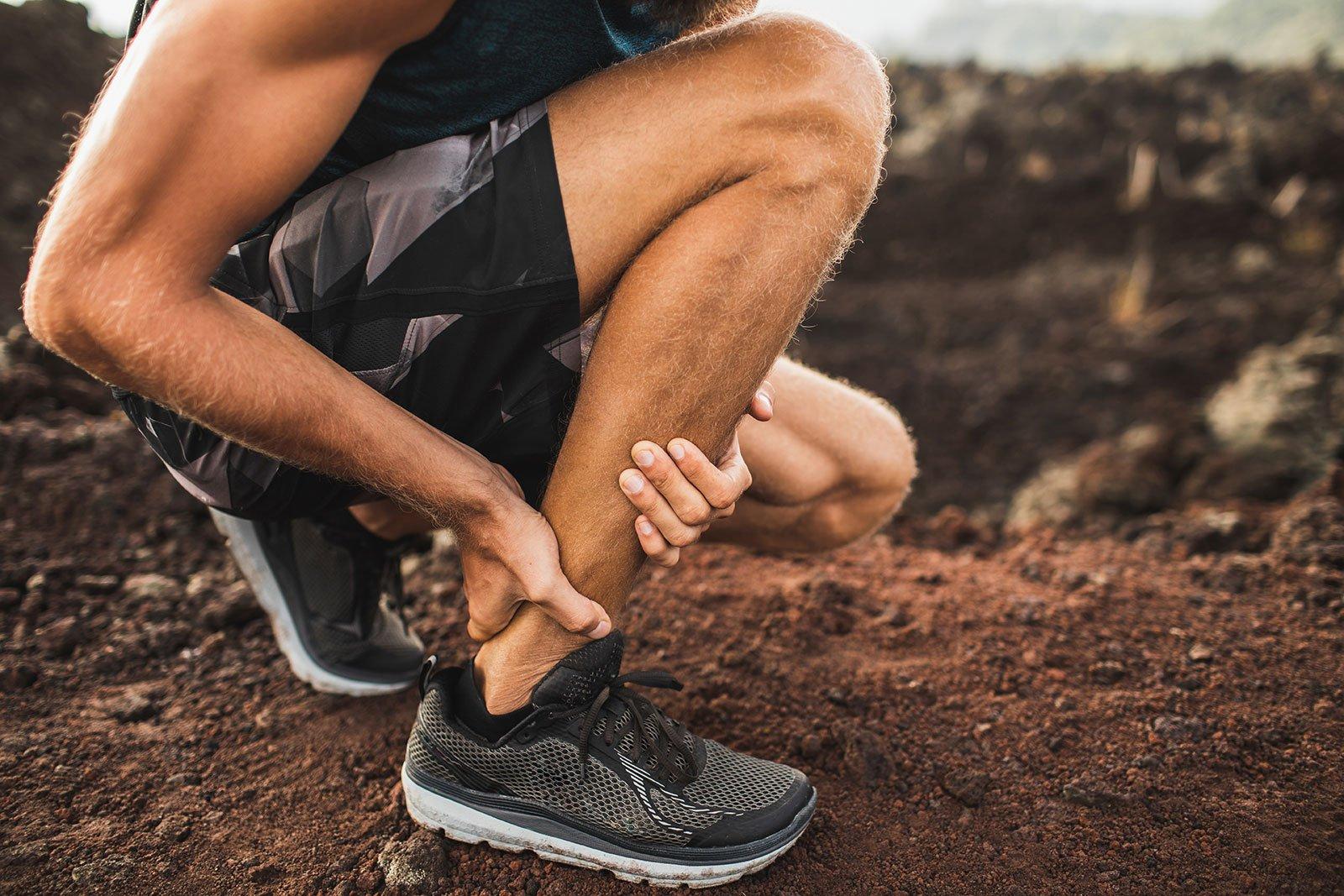Achilles Tendinopathy (Tendinitis)
Achilles tendinopathy(AT) is a condition that affects the Achilles tendon characterized by pain and inflammation in the Achilles tendon, which can result from overuse or aging.

Achilles Tendinopathy (Tendinitis)
Achilles tendinopathy (AT) is a common condition that affects the Achilles tendon, causing pain and inflammation. The Achilles tendon is the large tendon in the back of your ankle that connects your calf muscles to your heel bone. AT often results from overuse or age-related wear and tear.
Symptoms of Achilles Tendinopathy
- Pain in the back of your ankle, especially after physical activity.
- Stiffness in the morning or after periods of rest.
- Tenderness to the touch in the Achilles tendon area.
- Swelling around the Achilles tendon.
- Crackling or creaking sound when moving your ankle.
Causes of Achilles Tendinopathy
- Overuse: Activities like running or jumping can overuse the tendon.
- Tight calf muscles: Tightness can put extra stress on the Achilles tendon.
- Age-related degeneration: The tendon becomes less flexible and more prone to injury with age.
- Flat feet: Flat feet can cause the Achilles tendon to work harder.
- Ill-fitting shoes: Shoes that don't provide proper support can increase the risk of AT.
- Underlying health conditions: Arthritis and other conditions can contribute to AT.
Treatment Options for Achilles Tendinopathy
A physiotherapist can assess your condition and recommend the best course of treatment, which may include a combination of the following:
- Rest: Reduce activities that aggravate the tendon.
- Physical therapy: Exercises to improve flexibility, strength, and range of motion.
- Pain relievers: Over-the-counter medication to manage pain and inflammation.
- Immobilization (severe cases): A brace or cast to immobilize the ankle.
- Shockwave therapy (ESWT): Non-invasive treatment using sound waves to promote healing.
- Platelet-rich plasma (PRP) therapy: Injection to stimulate healing.
- Surgery (rare): To repair a ruptured tendon or remove damaged tissue.
How Physiotherapy Helps with Achilles Tendinopathy
A physiotherapist can diagnose AT through a physical examination and your medical history. They will assess your pain, tenderness, range of motion, strength, and flexibility in your ankle and calf. They will also discuss your past injuries, activity level, and current activities.
Treatment with a physiotherapist may involve:
- Manual therapy and modalities: Techniques like ice and ultrasound to reduce pain and inflammation.
- Addressing biomechanical problems: Correcting issues like flat feet that contribute to AT.
- Stretching and strengthening program: Improve flexibility and range of motion in your ankle and calf.
- Exercise program: Enhance strength and stability in your ankle and calf muscles.
- Eccentric exercise program: Proven to improve pain, function, and strength.
Physiotherapy can help you recover from Achilles tendinopathy, address the underlying cause, and prevent future injuries.
#flexitude #physiotherapynearme #physio